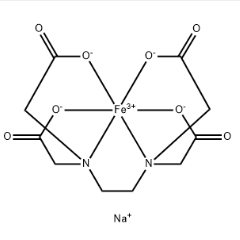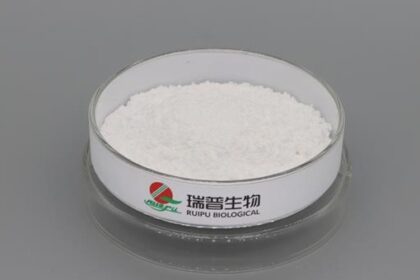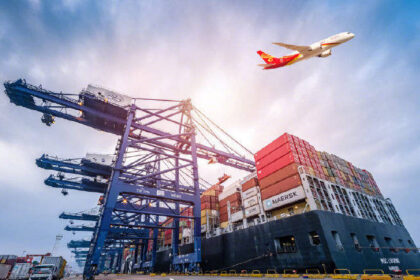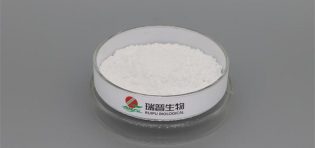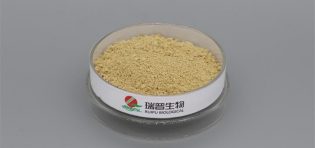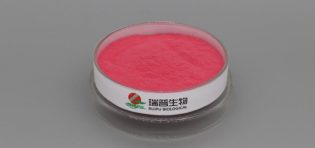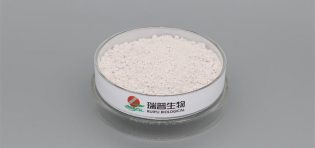
The quotation of magnesium lactate suppliers can fluctuate for several reasons, reflecting changes in market conditions, production costs, and various external factors. There are some common factors that contribute to price fluctuations for magnesium lactate,including raw material costs,production costs,energy prices,market demand,supply chain disruptions,currency exchange rates,regulatory changes,competitive dynamics,quality and purity standards,seasonal variations,geopolitical events,environmental factors,market research and competitive positioning,contract terms,ect.
The cost of raw materials, such as magnesium carbonate or magnesium oxide, can vary due to factors like supply and demand, changes in mining or extraction costs, and fluctuations in commodity prices.
The cost of manufacturing magnesium lactate includes expenses related to labor, energy, production equipment, and facility maintenance.Increases in any of these costs can lead to higher quotations.
Energy prices energy costs, including electricity and fuel, can impact production costs.Fluctuations in energy prices can influence the overall cost structure of magnesium lactate production.
Changes in market demand for magnesium lactate can affect pricing.Increased demand can lead to higher prices, while decreased demand may result in lower prices.
Disruptions in the supply chain, such as transportation delays, shortages of key components, or interruptions in production, can lead to temporary price increases due to decreased availability.
For international suppliers and buyers, fluctuations in currency exchange rates can impact the cost of imported magnesium lactate, potentially leading to price changes.
Changes in regulations related to the production, labeling, or quality control of magnesium lactate can require suppliers to invest in compliance measures, which may affect pricing.
The competitive landscape among magnesium lactate suppliers can influence pricing strategies.Suppliers may adjust their prices to gain a competitive edge or to respond to price changes by competitors.
Meeting or exceeding quality and purity standards may require additional testing and quality control measures, which can affect production costs and pricing.
Some factors, such as seasonal fluctuations in demand or the availability of certain raw materials, can lead to seasonal price variations.
Geopolitical events, trade disputes, or changes in government policies can have indirect effects on pricing by impacting supply chains, import/export regulations, and market stability.
Environmental concerns and regulations can affect production processes and costs. Sustainable and environmentally friendly production methods may have different cost structures.
Suppliers may periodically reassess their pricing based on market research, competitive positioning, and their own profitability goals.
Long-term supply agreements or contracts may have pricing mechanisms that allow for periodic adjustments based on specified factors, such as changes in raw material costs.
Due to these various factors, magnesium lactate suppliers may adjust their quotations to reflect changes in their cost structures or to remain competitive in the market.Buyers should maintain open communication with suppliers, monitor market conditions, and be aware of the factors that can influence pricing to make informed purchasing decisions.

